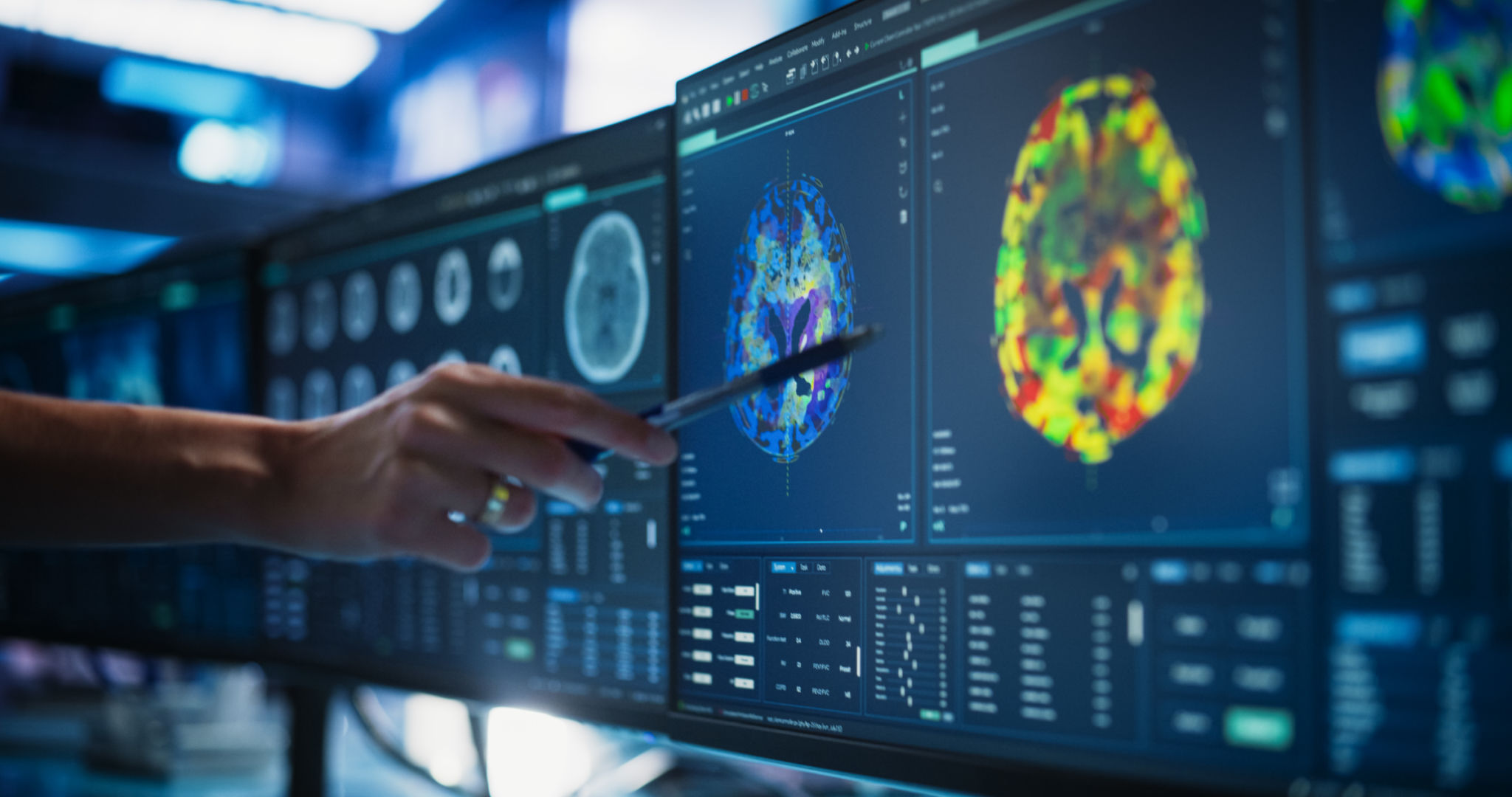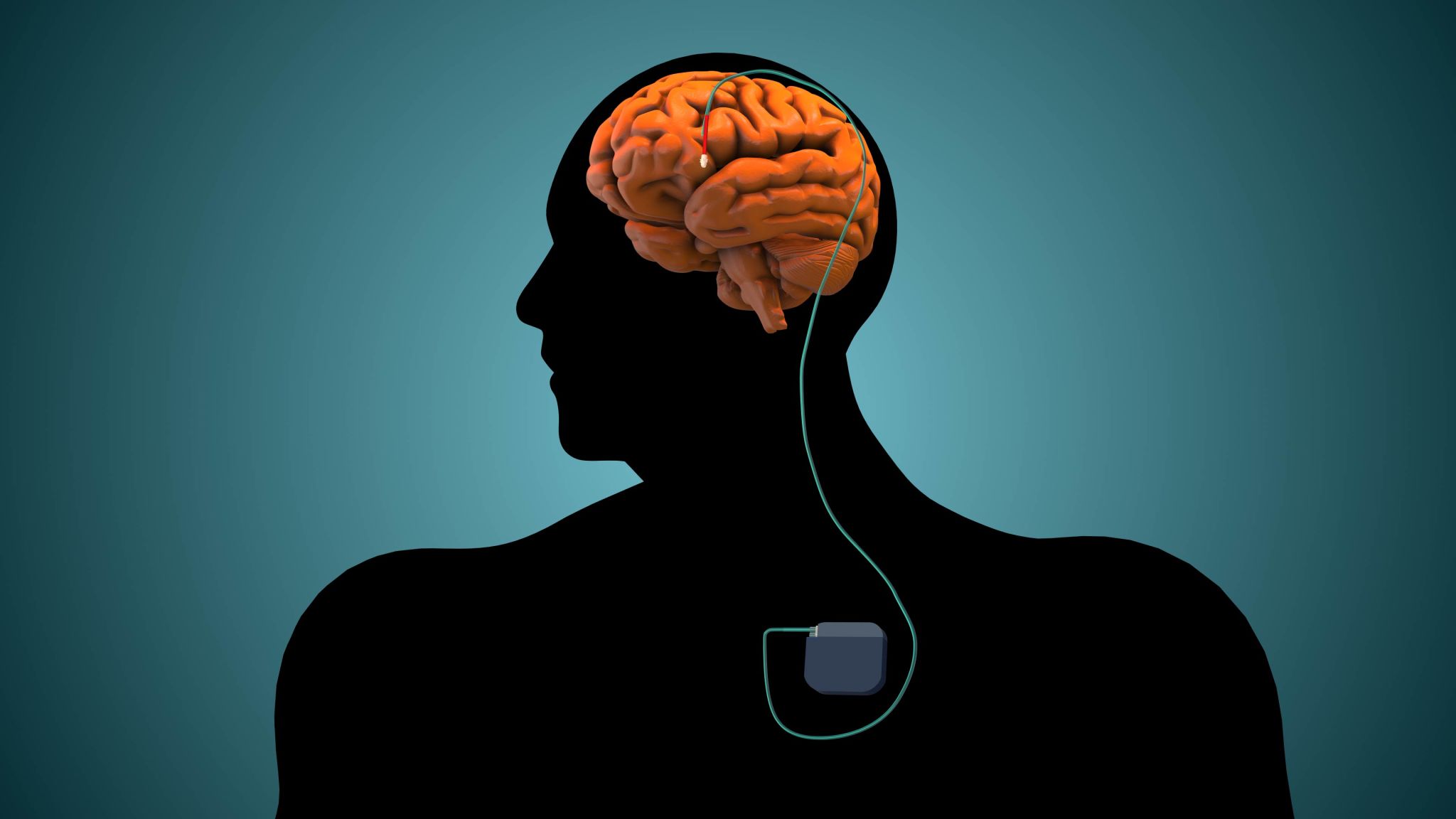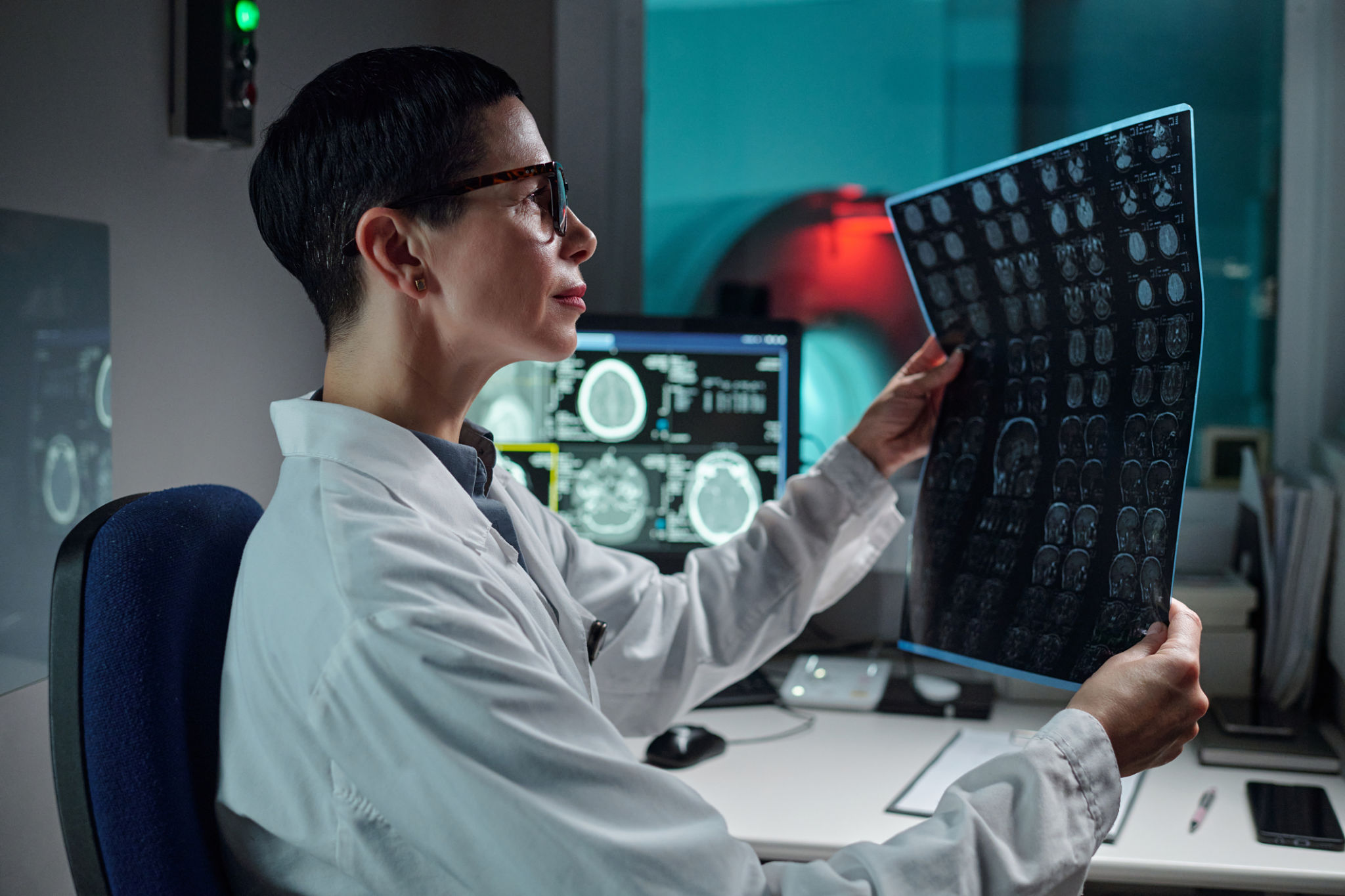Exploring the Latest Trends in Neuroimaging Technology for Brain Health
Introduction to Neuroimaging Technology
In recent years, neuroimaging technology has made significant strides, becoming a crucial tool in understanding brain health and disorders. As our knowledge of the brain's structure and function grows, so does the potential for innovative diagnostic and therapeutic applications. This blog post delves into the latest trends in neuroimaging technology that are shaping the future of brain health.

Advancements in MRI Technology
Magnetic Resonance Imaging (MRI) remains one of the most widely used neuroimaging techniques due to its ability to provide high-resolution images of the brain. The latest advancements in MRI technology focus on improving image clarity and reducing scan times. Innovations such as functional MRI (fMRI) allow researchers to observe brain activity in real-time, opening new avenues for understanding neurological diseases like Alzheimer's and Parkinson's.
One exciting development is the use of ultra-high-field MRI, which operates at higher magnetic strengths to offer unparalleled detail. This technology enhances the ability to detect subtle abnormalities that may indicate early-stage neurodegenerative diseases.
Exploring Functional Connectivity
The concept of functional connectivity refers to the connections and interactions between different regions of the brain. Emerging neuroimaging techniques aim to map these connections more accurately, providing insights into how various parts of the brain communicate. Techniques such as resting-state fMRI and diffusion tensor imaging (DTI) are at the forefront of this research.

Understanding functional connectivity is crucial for diagnosing and treating conditions like depression and schizophrenia, where disordered brain communication plays a significant role. By pinpointing specific network disruptions, targeted therapies can be developed to restore normal function.
Non-Invasive Brain Stimulation
Another trend in neuroimaging is the integration of non-invasive brain stimulation techniques, such as transcranial magnetic stimulation (TMS) and transcranial direct current stimulation (tDCS). These methods are often paired with neuroimaging to monitor changes in brain activity during stimulation. This combination offers a powerful tool for both research and therapeutic purposes.
TMS and tDCS show promise in treating depression, anxiety, and even enhancing cognitive abilities. By visualizing real-time effects on brain activity, researchers can refine these interventions for maximum efficacy.

Artificial Intelligence in Neuroimaging
Artificial Intelligence (AI) is revolutionizing the field of neuroimaging by enhancing image analysis and interpretation. Machine learning algorithms can process vast amounts of data quickly, identifying patterns and anomalies that might be missed by human eyes. This capability is especially useful in diagnosing complex neurological conditions.
The integration of AI with neuroimaging technology is paving the way for personalized medicine, where treatments can be tailored based on an individual's unique brain patterns. This approach promises more effective interventions and improved patient outcomes.
The Rise of Portable Neuroimaging Devices
The development of portable neuroimaging devices has made it easier to study brain health in diverse settings. These devices offer a cost-effective alternative to traditional imaging systems, expanding accessibility for clinical and research applications.

Portable EEG and MRI systems are now being utilized in remote and underserved areas, facilitating broader research participation and enabling timely diagnosis and treatment of neurological conditions globally.
Conclusion: The Future of Neuroimaging
The ongoing advancements in neuroimaging technology hold great promise for enhancing our understanding of brain health. By embracing these innovations, researchers and clinicians can improve diagnostic accuracy, develop more effective treatments, and ultimately improve quality of life for individuals affected by neurological disorders. As we continue to explore these cutting-edge technologies, the future of neuroimaging looks brighter than ever.
